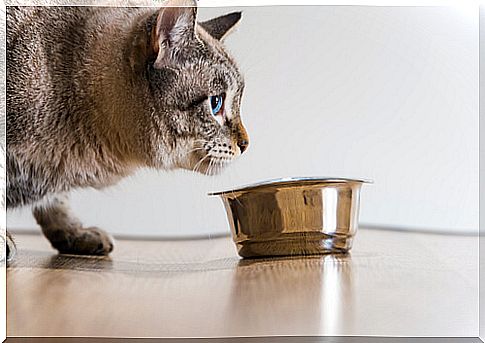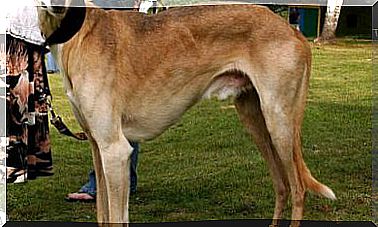How Long Can A Cat Survive Without Food?

When planning a getaway, owners often wonder how long their cat can go without food. Therefore, knowing this physiological limit, in addition to the tendency of each pet, is essential.
On a daily basis, pets are used to being left alone at home while their owners carry out work or leisure activities. However, there are times when the outings can be longer and even reach several days.
Unlike dogs, birds, fish or cats can last longer without company. However, the latter, despite their independence, require greater dedication and affection. Therefore, lengthening the time away from home can end up leaving a cat without food and with a poor hygienic and emotional state.
Factors that determine the duration of the getaway
Proposing a maximum limit on the time a cat can go without food is not objective, as it depends on many aspects, including personality. Still, there are some basic recommendations to consider.
- Age. Cats under six months should not spend more than four hours alone, as should the very old. In the first case, due to the risk of the cat running out of food and the need for affection, while in the second, the animal becomes more dependent despite its progressive isolation.

- The type of diet. Adult cats on a dry diet can last up to 48 hours alone, as long as enough food is left. Cans or other fresh preparations are often swallowed hastily, which can leave the cat without food. In addition, the consistency of the feces is usually softer, which can affect the hygienic conditions of the animal.
- The weather. The summer season is usually the most chosen when it comes to making small outings. However, high temperatures can lead to an increased need for water, the absence of which would be even more deadly than that of food. Therefore, even if the animal is over-supplied, it is not advisable to extend the absences.
Limit one cat without food in case of illness
Sometimes, even if a cat has a source of food, it can develop a partial or complete anorexia motivated by a major pathology.
Among the chronic diseases that can cause loss of appetite , those of the kidney, oral or arthritis type stand out. In addition, stressors such as a change of home or the incorporation of a new member to the family can alter their intakes and the weight of the animal.

The maximum time a cat can go without food is about two weeks, provided there is enough water available. However, this extreme limit depends on many other factors because it may be lower if the cat is seriously ill.
In addition, the survival of the feline also fluctuates depending on its origin. Thus, stray cats usually have a greater resistance to extreme conditions of temperature and food scarcity.
Some tricks to stimulate the appetite of a pet can be the change of diet or play, for which small pellets of feed can be hidden. If after a few days – without reaching malnutrition – the animal still does not eat, you should go to the vet.
Cats are independent animals and their problems often go unnoticed. Therefore, notable changes in diet or greater isolation are sufficient reasons to arrange a review to help detect possible pathologies.









